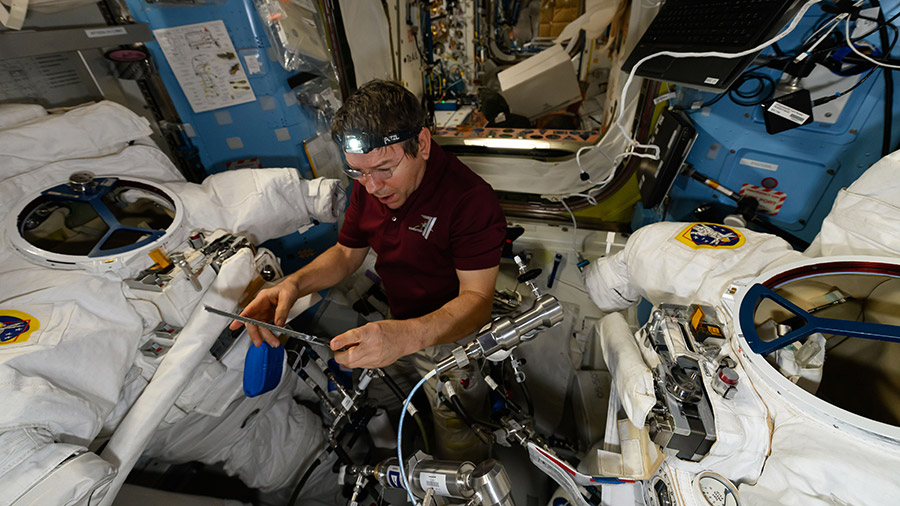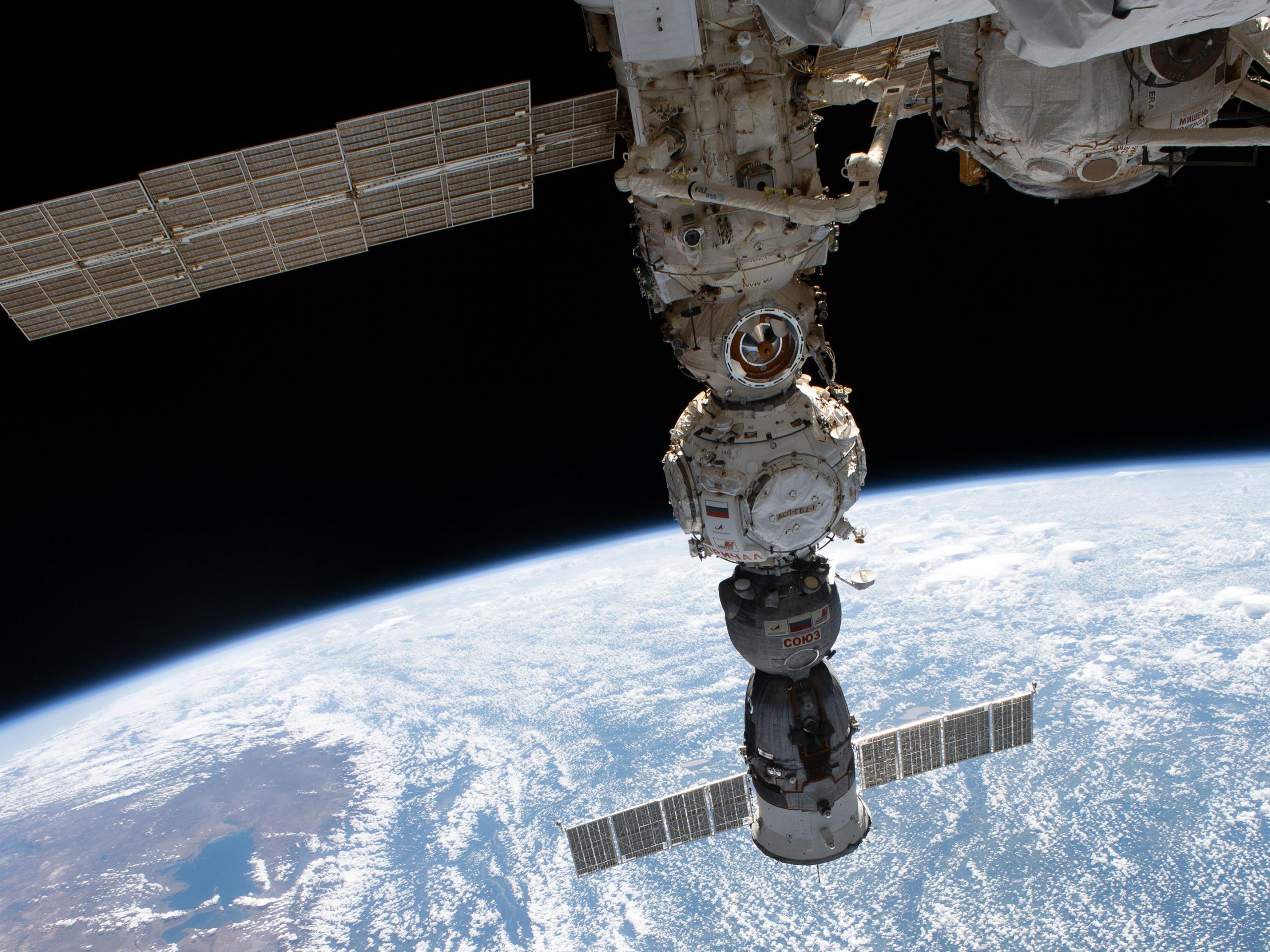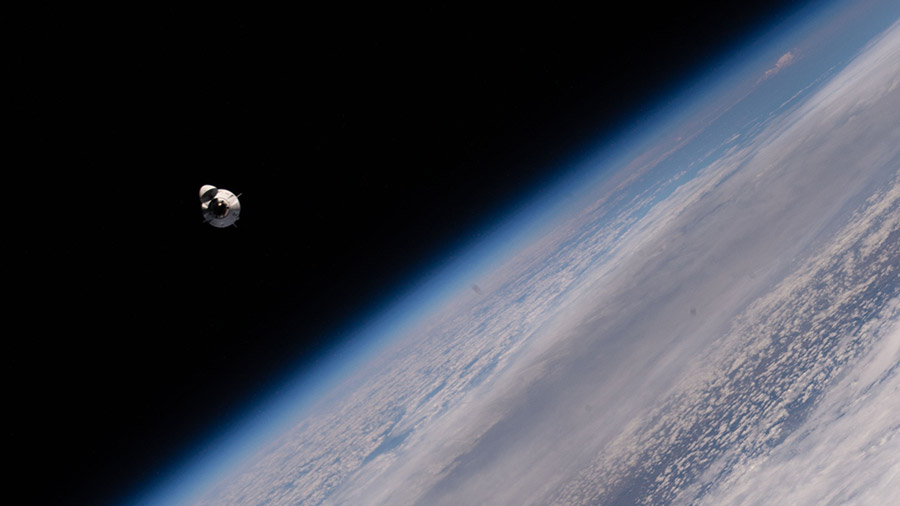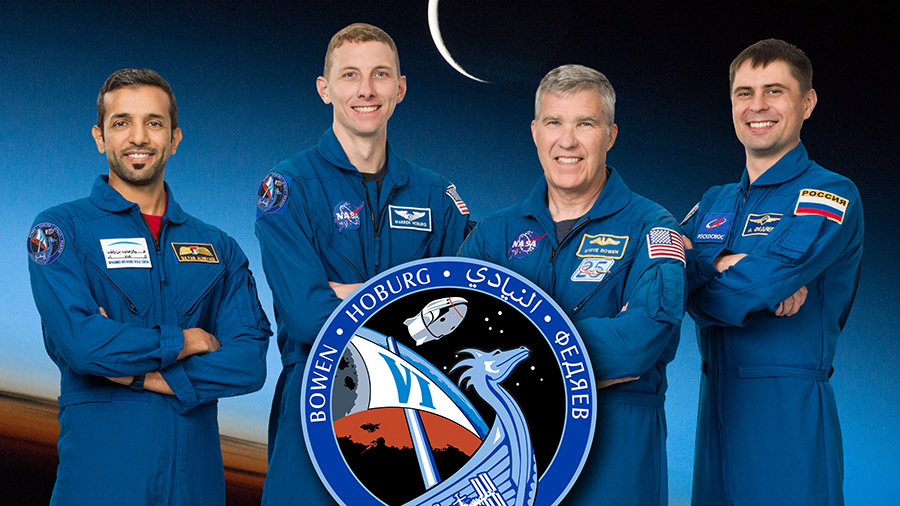
Spacewalk preparations and science hardware maintenance topped the Expedition 71 crew’s schedule on Wednesday. Human research and 3D printing rounded out the itinerary aboard the International Space Station.
Three spacewalks are planned for the month of June when a pair of astronauts not yet named will exit the orbital outpost to replace and repair hardware and search for microbes on the orbital outpost. NASA Flight Engineers Tracy C. Dyson, Matthew Dominick, Mike Barratt, and Jeanette Epps spent a few hours on Wednesday reviewing standard spacewalk procedures such as suiting up, exiting and entering the Quest airlock, safety, and communications. Afterward, Dyson went on and configured Quest and readied a spacesuit for spacewalk operations. NASA will announce details of the upcoming spacewalks soon in a media advisory and a televised news conference.
Science hardware is constantly running aboard the space station and regularly needs monitoring and maintenance to ensure effective microgravity research. Dominick, Barratt, and Epps split their time throughout the day in the Destiny and Kibo laboratories servicing physics and botany gear.
Dominick began the science work by first swapping samples inside the Materials Science Laboratory, a research furnace that exposes materials such as metals, alloys, polymers, and more to high temperatures for physics research. Epps replaced a carbon dioxide bottle and checked for pressure leaks on the Advanced Plant Habitat that has grown a variety of crops for several years including lettuce and tomatoes for research and consumption. Next, Barratt installed experiment samples and replaced hardware inside the Combustion Integrated Rack to support an experiment exploring fire safety in space.
Roscosmos Flight Engineer Nikolai Chub finished a 24-hour heart and blood pressure monitoring session for a space cardiac investigation. Chub then wore a sensor-packed cap and studied futuristic spacecraft and robotic piloting techniques on a computer that may inform future planetary missions.
Commander Oleg Kononenko began his 24-hour cardio-monitoring session attaching sensors to himself measuring his heart rate and blood pressure. The veteran cosmonaut and five-time station visitor then activated a 3D printer and tested the on-demand manufacturing of tools in weightlessness.
Flight Engineer Alexander Grebenkin spent his day on life support duties starting with filling up Roscosmos’ Elektron oxygen generator with water. Next, the first-time space flyer spent the afternoon in the Nauka science module replacing orbital plumbing components.
Learn more about station activities by following the space station blog, @space_station and @ISS_Research on X, as well as the ISS Facebook and ISS Instagram accounts.
Get weekly video highlights at: https://roundupreads.jsc.nasa.gov/videoupdate/
Get the latest from NASA delivered every week. Subscribe here: www.nasa.gov/subscribe




